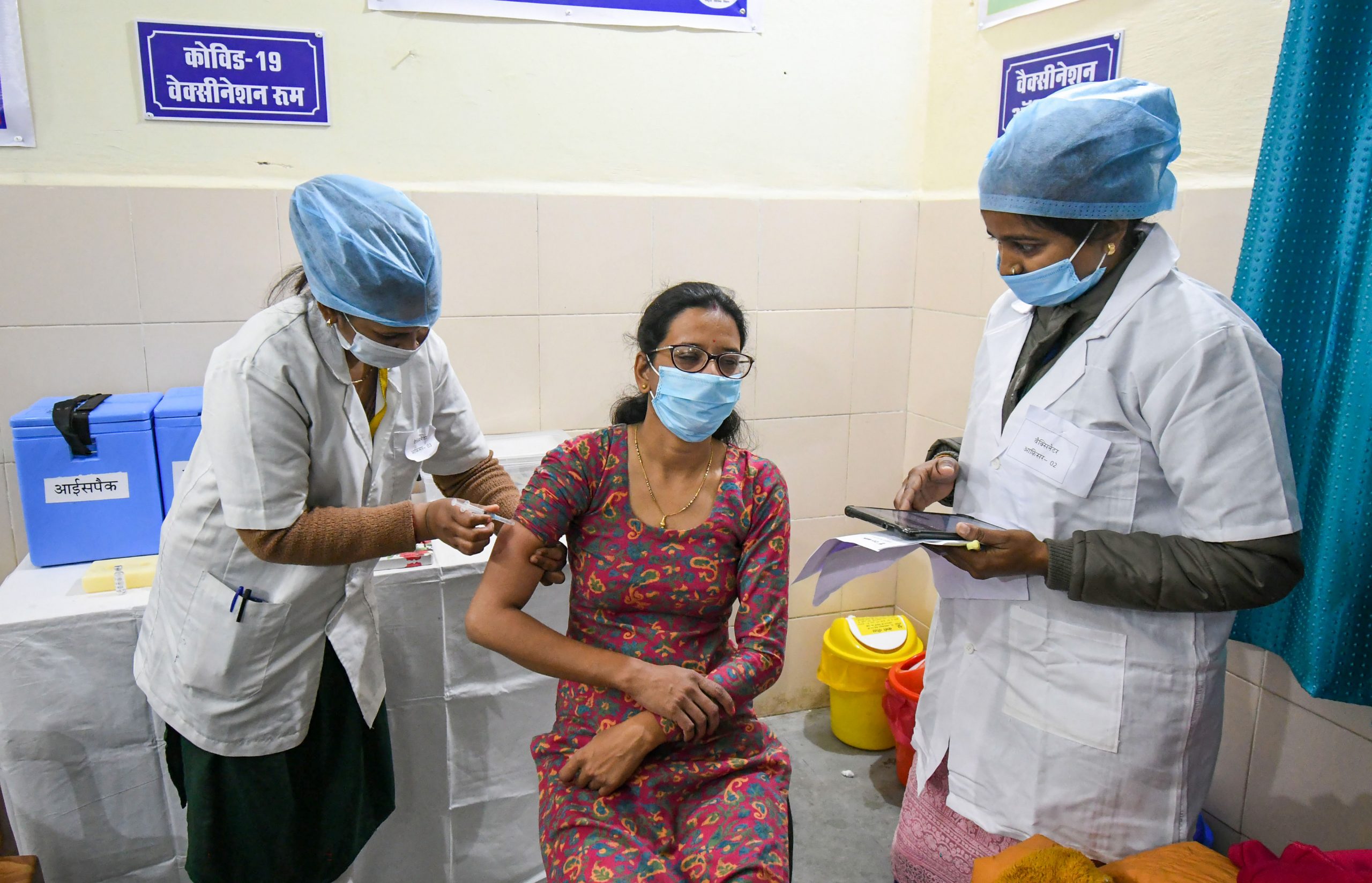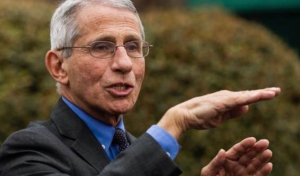As India gears up for its mass vaccination drive by permitting emergency use of two COVID-19 vaccines– Covishield and Covaxin– developed by the Serum Institute of India (SII) and Bharat Biotech on Sunday, here’s a detailed account of what’s going to happen next.
Centre will procure the vaccines
The government will now procure the vaccines from the two pharmaceutical giants. As of now, SII, which manufactured Covishield in collaboration with the University of Oxford and US pharmaceutical giant AstraZeneca, has already accumulated nearly 80 million doses of its vaccine. This enables SII to immediately roll out the vaccine doses. Bharat Biotech’s indigenously developed Covaxin still needs some time to do the same.
Preparations for the vaccination drive
The Centre has already conducted dry runs across the nation on December 28-29 and January 2, covering 285 session sites in 125 districts, in order to identify the challenges that can come during the official drive. Nearly 96,000 vaccinators have been trained, including 2,360 in a National Training of Trainers, and over 57,000 in district-level training carried out in 719 districts.
Mass inoculation drive will begin
The approval is expected to kick off one of the world’s biggest vaccination drives in the coming days in the country of 1.3 billion people. In the United States and the United Kingdom, first doses of vaccine were administered just one or two days after the BioNTech-Pfizer and Moderna vaccines were granted the emergency use approval.
Also read: More than 50 countries launch COVID-19 vaccination campaigns
Beneficiaries of the vaccines
The question of who will get the vaccine first was answered after the health ministry announced that the first 30 million doses have been reserved for 10 million healthcare employees working in both private and government hospitals, as per the direction by National Expert Group on Vaccine Administration for COVID-19 (NEGVAC).
The second group contains nearly 20 million frontline workers, including people associated with the police department, armed forces, home guard, disaster management and civil defence organisation, prison staff, municipal workers and revenue officials.
Workers associated with state government and ministries of defence, home, housing and urban affairs will also be vaccinated during this time.
Also read: From the lab to the jab: how BioNTech-Pfizer won the vaccine race
Population above the age of 50 will get inoculated during the third phase and the data will be collected through the latest electoral roll for Lok Sabha and Legislative Assembly elections.
The next vaccination phase will benefit the people who are living in high COVID-19 infection areas and containment zones. The last phase will include the remaining population.
All the beneficiaries would have to get self-registered compulsorily on the CoWIN Website, a digital platform to roll out and scale up the vaccination drive. For now, the government is aiming to complete the first phase of vaccination by August 2021, in which it will provide free doses, according to Union Health Minister Dr Harsh Vardhan.







